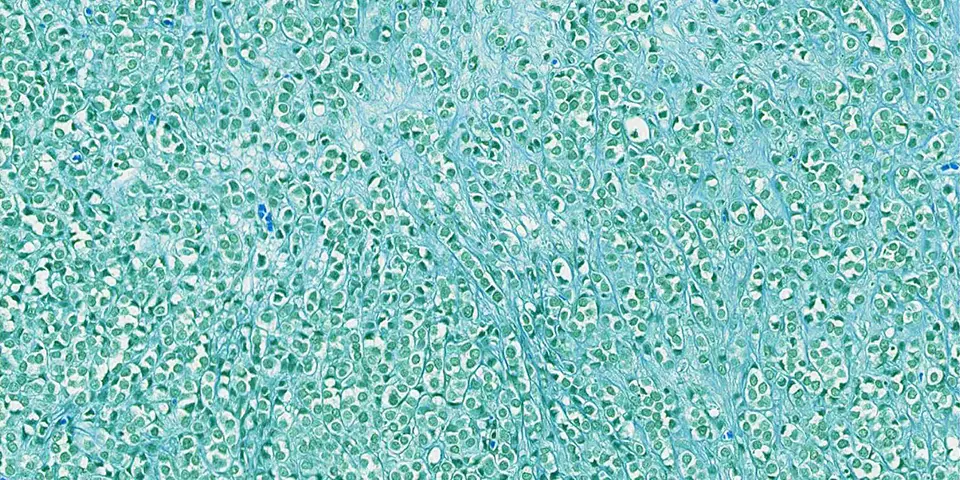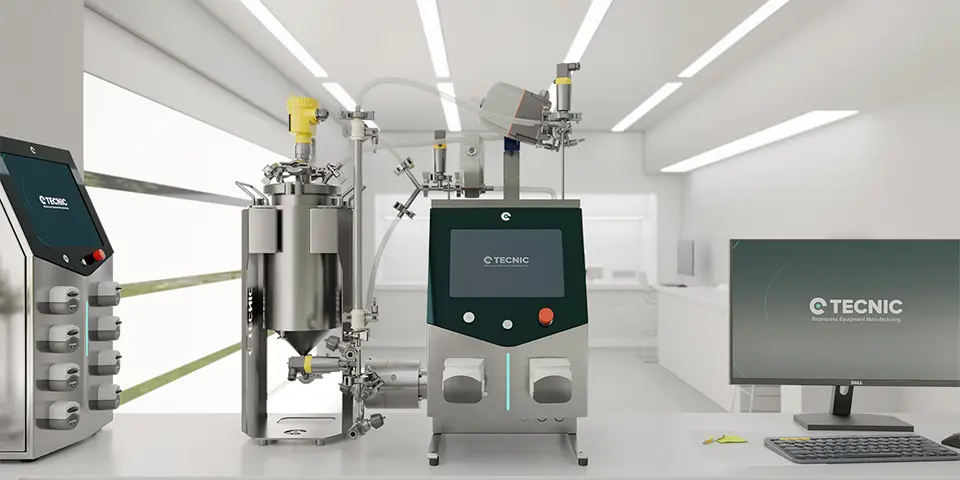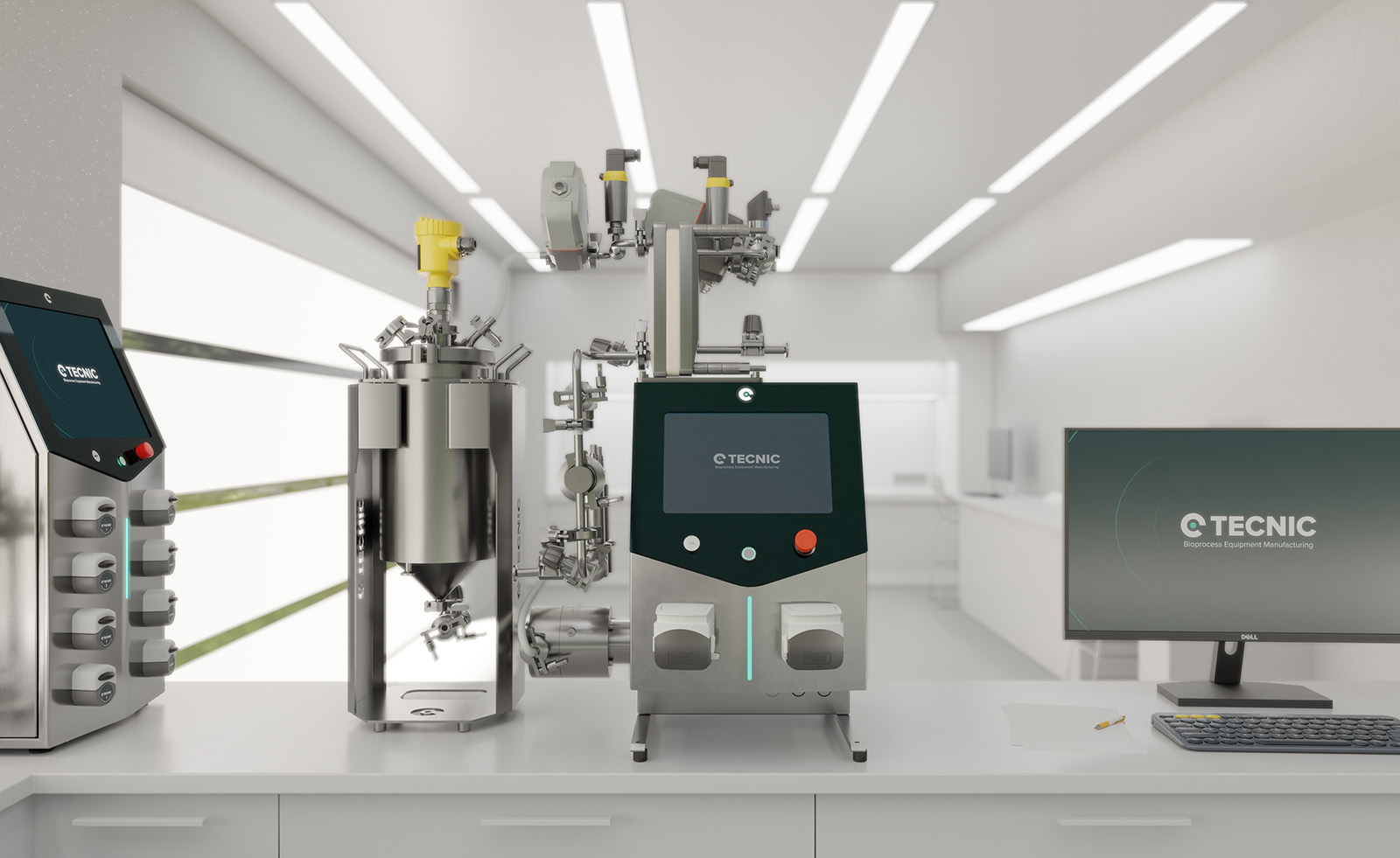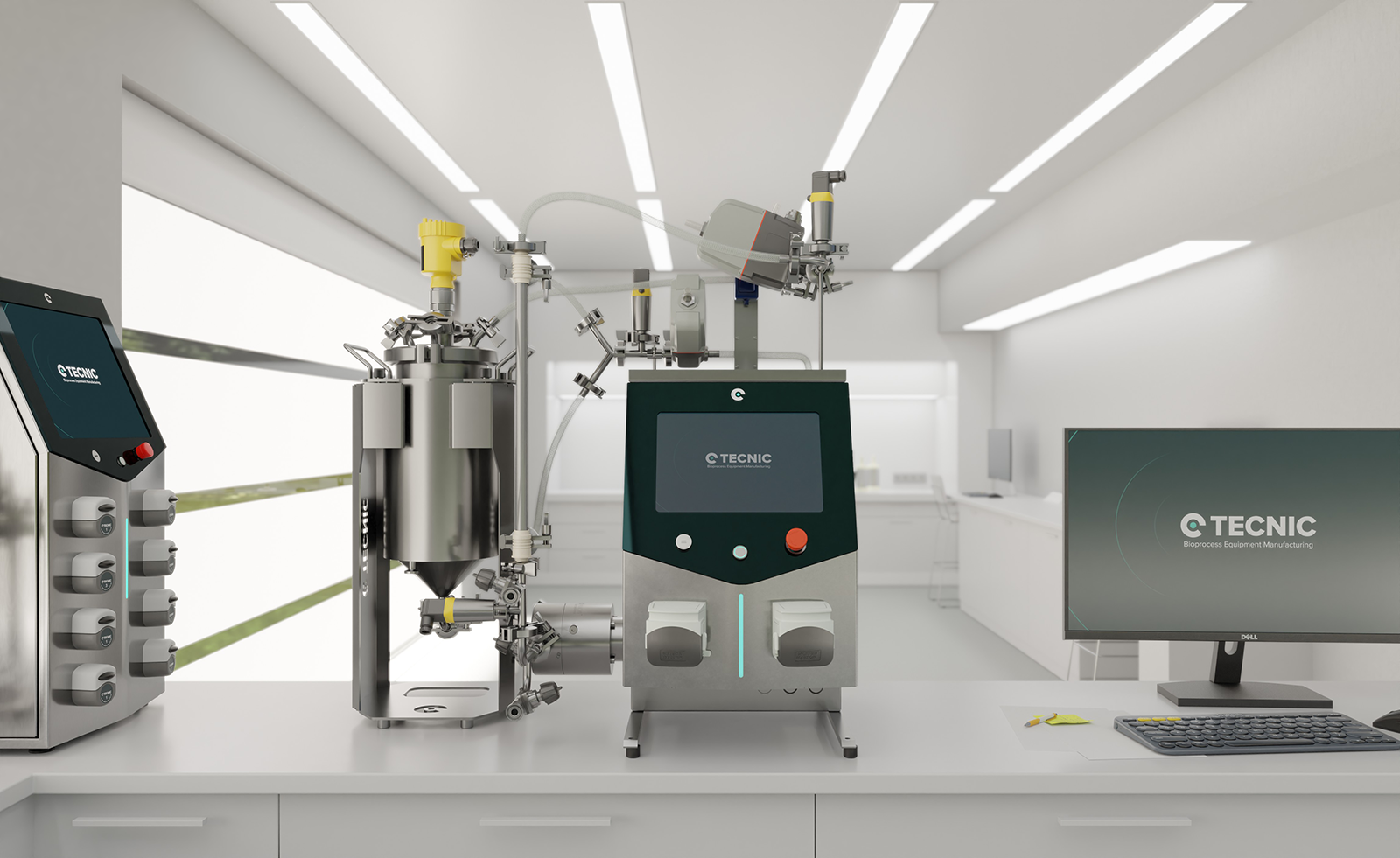Obesity is one of the most concerning epidemics of the 21st century, with a significant impact on public health and healthcare systems worldwide. According to the World Health Organization (WHO), obesity prevalence has tripled since 1975, and in 2023, more than 13% of the world's adult population was obese. This condition is not only linked to metabolic diseases such as type 2 diabetes but also to cardiovascular diseases, certain types of cancer, and musculoskeletal disorders. Given this growing problem, the biopharmaceutical industry has started developing various therapies to treat obesity more effectively and with fewer side effects.
Main Therapies for Obesity Treatment
In recent years, various therapeutic strategies have emerged to help patients lose weight sustainably. The combination of pharmacological treatments with lifestyle changes has proven to be one of the most effective strategies for achieving long-term weight reduction. Below, we explore some of the most promising options and their mechanisms of action.
1. GLP-1 agonists: Appetite modulation
One of the most successful approaches has been the use of glucagon-like peptide-1 (GLP-1) agonists, an intestinal hormone that regulates appetite and satiety. Drugs like Ozempic (semaglutide) and Mounjaro (tirzepatide) mimic this hormone, reducing hunger and helping to control caloric intake. They have proven to be highly effective for both weight loss and type 2 diabetes management.
However, these treatments have some limitations, such as gastrointestinal side effects and the need for periodic injections. For this reason, pharmaceutical companies are working on extended-release versions and new oral formulations to improve treatment adherence. Additionally, studies are investigating ways to combine GLP-1 agonists with complementary therapies to maximize effectiveness while minimizing adverse effects.

2. Dual and triple drugs: Enhancing weight loss
Scientists are exploring combinations of molecules that act on different metabolic mechanisms. For example, drugs combining GLP-1 with GIP (gastric inhibitory peptide) and glucagon have shown promising results, achieving greater weight reduction compared to GLP-1 agonists alone. These treatments aim to improve metabolic efficiency and promote fat oxidation. Additionally, combined versions with antidiabetic drugs are being developed to simultaneously treat patients with obesity and type 2 diabetes. Researchers are also evaluating the long-term impact of these drug combinations on metabolic adaptation and potential weight regain after discontinuation.
3. Modulation of intestinal hormones
Some companies are investigating therapies based on hormones such as oxyntomodulin and peptide YY (PYY), which play a key role in regulating energy metabolism. These hormones help reduce appetite and increase caloric expenditure, providing an innovative therapeutic alternative. Clinical studies are being conducted to assess their safety and efficacy in different patient profiles, aiming to further personalize treatments. Future developments may involve precision medicine approaches where hormone-based treatments are tailored to an individual’s genetic and metabolic profile.
4. Oral therapies to facilitate treatment
Since most current treatments require subcutaneous injections, oral formulations are being developed to make them more accessible. Companies like Pfizer are investigating oral versions of semaglutide, which could enhance treatment accessibility and adherence. The possibility of a pill instead of an injection could be a major breakthrough in the long-term acceptance and use of these medications. Additionally, researchers are exploring alternative drug delivery systems, including transdermal patches and inhalable formulations, which may further increase patient compliance.

5. Gene and biotechnological therapies: A long-term solution
In the more distant future, gene editing and other biotechnological advances could offer more definitive solutions. The possibility of modifying genes involved in fat storage and appetite regulation opens new perspectives in the fight against obesity. Although this area is still in the experimental phase, some studies suggest that manipulating certain genes could significantly impact metabolism regulation. However, this approach also raises ethical and safety concerns that must be addressed before its application in humans. Advances in CRISPR technology and gene silencing methods may pave the way for targeted obesity treatments with minimal side effects.
Other emerging approaches
In addition to pharmacological treatments, science is exploring innovative approaches for obesity management, based on personalized treatments and leveraging new biomedical technologies.
Messenger RNA (mRNA)-based therapies: Following the success of mRNA vaccines during the pandemic, mRNA treatments are being developed to modulate specific genes related to fat accumulation and metabolism regulation. This approach could offer a groundbreaking way to modify gene expression in a controlled manner, potentially leading to more effective obesity treatments.
Nanotechnology applied to metabolism: Recent research has explored the use of nanoparticles to deliver drugs directly to adipose tissues, potentially improving treatment efficacy and reducing side effects. Scientists are also studying the potential for nanoparticles to interact with metabolic pathways at a cellular level to enhance fat-burning mechanisms.
Endocannabinoid system modulation: Given its role in regulating appetite and energy storage, new compounds are being studied to safely modulate cannabinoid receptors to promote weight loss. Pharmaceutical companies are investigating synthetic cannabinoids that selectively target metabolic pathways without causing psychoactive effects.
Gut microbiome manipulation: Researchers are exploring the role of gut bacteria in metabolism and appetite regulation, with studies showing promising results in using probiotics and fecal microbiota transplants as potential obesity treatments.
These emerging approaches open new possibilities to combat obesity more effectively, integrating advanced biotechnology into the development of personalized and less invasive treatments.
Conclusion: A range of evolving options
Obesity treatment is rapidly evolving with new pharmacological options that promise to improve the quality of life for millions of people. From drugs that modulate appetite to developing gene therapies, the biopharmaceutical industry continues to explore innovative solutions. The combination of medications, lifestyle modifications, and new biotechnological approaches will allow for a more personalized and effective approach to this chronic disease.
In the coming years, we will see which of these strategies consolidate as the reference treatment for obesity and their implications at the clinical and social levels. Meanwhile, research and development in this field continue to advance, offering hope to millions of people seeking effective and sustainable solutions to manage their weight and improve their health.
TECNIC, as a company specialising in bioprocessing, is also developing technologies that can contribute to the evolution of these treatments. Its advanced bioprocessing equipment allows optimising the production of therapeutic biomolecules, including proteins and key biotechnological compounds for new therapies against obesity. By integrating automated bioprocessing solutions, TECNIC ensures scalable, reproducible, and high-quality production of these innovative treatments, playing a crucial role in the development and commercialization of next-generation obesity therapeutics.
Frequently Asked Questions (FAQ)
The most effective are GLP-1 agonists (Ozempic, Mounjaro), combination therapies and hormone treatments. Gene therapy and nanomedicine are also being investigated.
Yes, those approved by the FDA and EMA have been shown to be safe, although they can cause side effects such as nausea and digestive discomfort.
Yes, oral versions of these drugs, such as semaglutide tablets, are currently being developed. Transdermal patches and inhalers are also being investigated to improve patient comfort.
They mimic hormones such as oxyntomodulin and PYY to reduce appetite and increase energy expenditure.
Although still experimental, gene therapies aim to modify genes related to fat storage and appetite regulation. Ethical and technical challenges remain to be overcome before clinical application.
Sources of Information
World Health Organization. (2023). Obesity and overweight.
Nature. (n.d.). Latest obesity research.
U.S. Food and Drug Administration (FDA). (n.d.). Obesity treatments.
European Medicines Agency (EMA). (n.d.). Obesity and weight management drugs.










